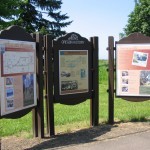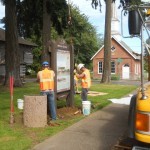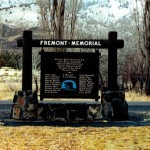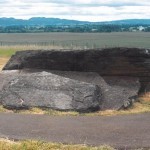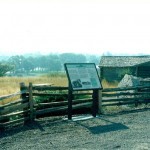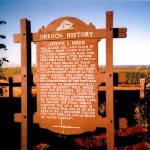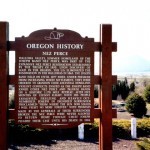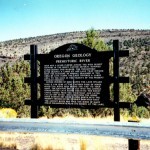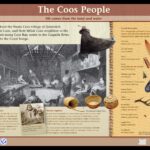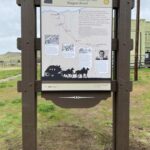41st Infantry Division

Sunset Highway
Subject:The rest area was dedicated to the 41st Infantry (Sunset) Division.
This division was organized for World War I in 1917 at Camp Greene, North Carolina and was demobilized at Camp Die, New Jersey in 1919. It was reorganized and Federally recognized at Portland, Oregon in 1930. The division was mobilized for World War II 16th September, 1940, and campaigned in Papua, New Guinea, Luzon and the Southern Philippines. It …
 Payments
Payments












